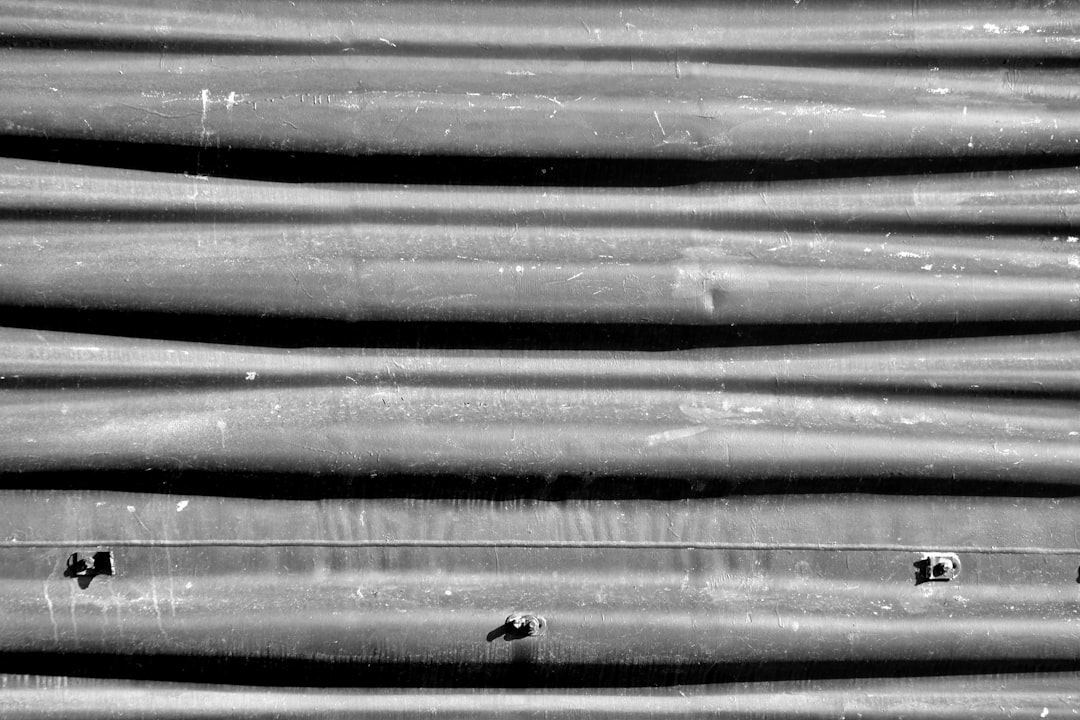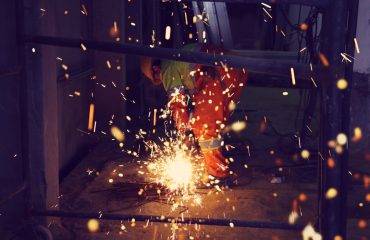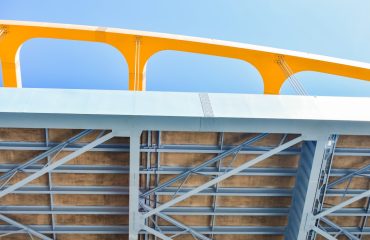Radiographic inspection (RT) is a crucial non-destructive testing (NDT) method used to assess the integrity of pipelines and pipes. This powerful technique utilizes penetrating radiation – either X-rays or gamma rays – to reveal internal flaws and defects that might otherwise go undetected. This blog post delves into the intricacies of radiographic inspection in pipes, exploring its applications, advantages, limitations, and safety protocols.
Understanding the Principles of Radiographic Pipe Inspection
Radiographic inspection relies on the principle of differential absorption of radiation. When a beam of X-rays or gamma rays is directed through a pipe, the radiation is absorbed differently depending on the density of the material. Areas with denser material, such as the pipe’s base metal, absorb more radiation, while areas with lower density, like internal flaws (e.g., cracks, porosity, inclusions, corrosion), absorb less. The resulting variations in radiation intensity are captured on a film or digital detector, creating a radiograph (or X-ray image) that reveals the internal structure of the pipe.
The choice between X-rays and gamma rays depends on factors like pipe thickness and accessibility. X-ray machines are generally more portable and controllable, making them suitable for smaller pipes and on-site inspections. Gamma ray sources, on the other hand, are more penetrating and can be used for thicker pipes and less accessible locations, but require more stringent safety measures.
Common Applications of Radiographic Pipe Inspection
Radiographic inspection plays a vital role in various stages of pipe manufacturing and maintenance. Some key applications include:
- Weld Inspection: Detecting flaws in welds, such as cracks, porosity, and incomplete fusion, is a primary application. This ensures the structural integrity of welded joints, crucial for preventing leaks and failures.
- Corrosion Detection: RT can identify internal corrosion that might weaken the pipe wall, posing a significant safety risk. Early detection allows for timely repairs or replacement, preventing catastrophic failures.
- Manufacturing Quality Control: RT is used during the manufacturing process to identify defects in the base metal of the pipes before they are put into service.
- In-Service Inspection: Regular radiographic inspection of pipelines in service helps assess their condition and identify any deterioration that may have occurred over time.
- Pipe Fitting Inspection: RT can examine the quality of welds and castings in pipe fittings, ensuring their proper integration into the pipeline system.
Advantages and Limitations of Radiographic Pipe Inspection
Radiographic inspection offers several advantages:
- High Sensitivity: RT can detect even small defects that might be invisible to other inspection methods.
- Permanent Record: The radiographs provide a permanent record of the pipe’s condition, allowing for future comparisons and analysis.
- Versatile: RT can be applied to a wide range of pipe materials and sizes.
- Comprehensive Inspection: RT provides a detailed view of the internal structure of the pipe, revealing defects throughout its thickness.
However, some limitations exist:
- Cost: RT can be relatively expensive compared to other NDT methods.
- Safety Concerns: Working with ionizing radiation requires strict safety protocols and trained personnel.
- Accessibility: Inspecting pipes in confined spaces or difficult-to-reach locations can be challenging.
- Limited Surface Defect Detection: While RT excels at detecting internal flaws, it may not be as effective at detecting surface defects.
Safety Precautions in Radiographic Pipe Inspection
Safety is paramount in radiographic inspection. Strict adherence to safety protocols is essential to minimize exposure to ionizing radiation. This includes:
- Radiation Shielding: Using appropriate shielding materials (e.g., lead) to protect personnel from radiation exposure.
- Distance: Maintaining a safe distance from the radiation source during exposure.
- Time Limitation: Minimizing the time spent in the radiation field.
- Personal Protective Equipment (PPE): Using radiation monitoring devices (dosimeters) and appropriate PPE, such as lead aprons and gloves.
- Trained Personnel: Only trained and certified personnel should conduct radiographic inspections.
- Regulatory Compliance: Adhering to all relevant safety regulations and licensing requirements.
Interpreting Radiographic Images and Reporting
Interpreting radiographic images requires specialized training and experience. Qualified inspectors analyze the radiographs to identify and classify any defects. The interpretation process involves recognizing various indicators of flaws, such as changes in density, shape, and size. Detailed reports are then generated, documenting the findings, the severity of any detected defects, and recommendations for corrective actions. These reports are essential for decision-making regarding repairs, replacements, or continued operation of the pipeline.
The use of advanced image processing techniques and software can enhance the accuracy and efficiency of radiographic image interpretation, allowing for quicker identification and classification of defects.
Radiographic inspection is a critical tool for ensuring the safety and reliability of pipelines. By understanding its principles, applications, advantages, limitations, and safety protocols, we can effectively utilize this technology to maintain the integrity of our critical infrastructure.
Tags: radiographic inspection, pipe inspection, pipeline inspection, NDT, non-destructive testing




